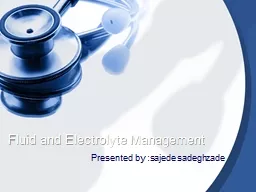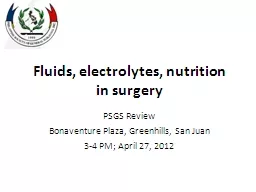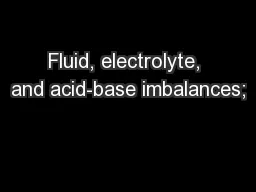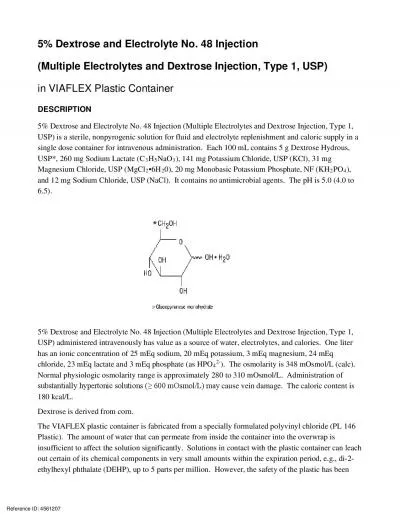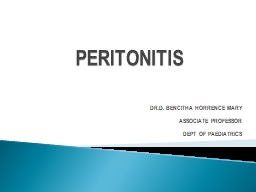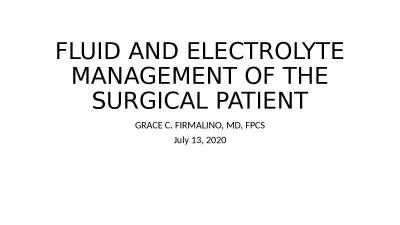PPT-Fluid and Electrolyte Management
Author : BelieveInYou | Published Date : 2022-08-03
Presented by sajede sadeghzade Total Body Water Water constitutes approximately 50 to 60 of total body weight Lean tissues such as muscle and solid organs have
Presentation Embed Code
Download Presentation
Download Presentation The PPT/PDF document "Fluid and Electrolyte Management" is the property of its rightful owner. Permission is granted to download and print the materials on this website for personal, non-commercial use only, and to display it on your personal computer provided you do not modify the materials and that you retain all copyright notices contained in the materials. By downloading content from our website, you accept the terms of this agreement.
Fluid and Electrolyte Management: Transcript
Download Rules Of Document
"Fluid and Electrolyte Management"The content belongs to its owner. You may download and print it for personal use, without modification, and keep all copyright notices. By downloading, you agree to these terms.
Related Documents

